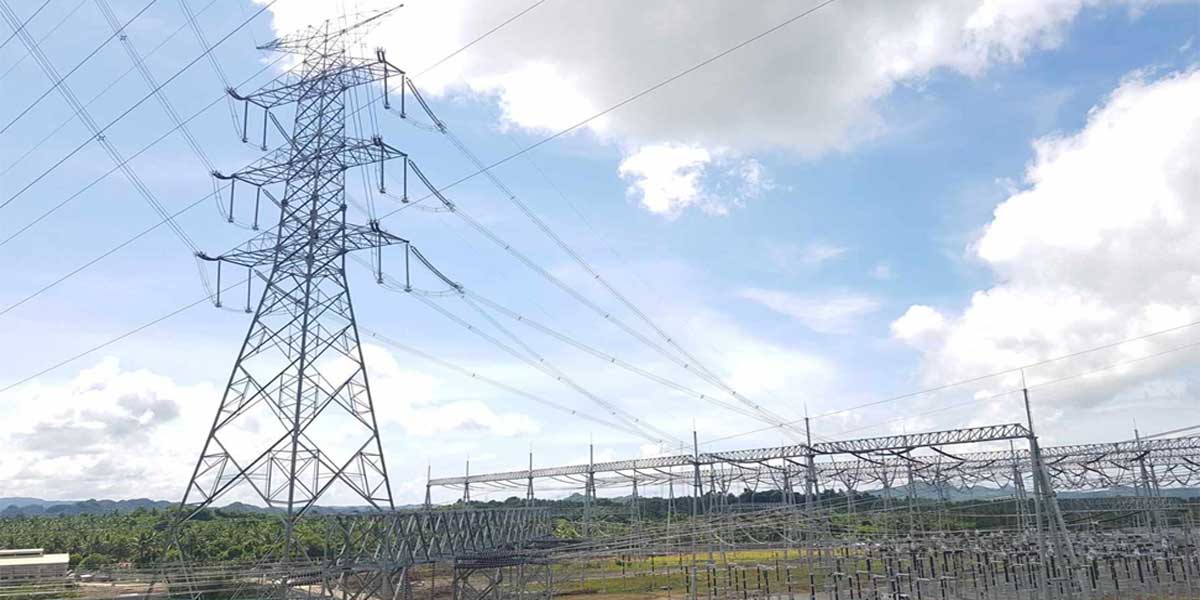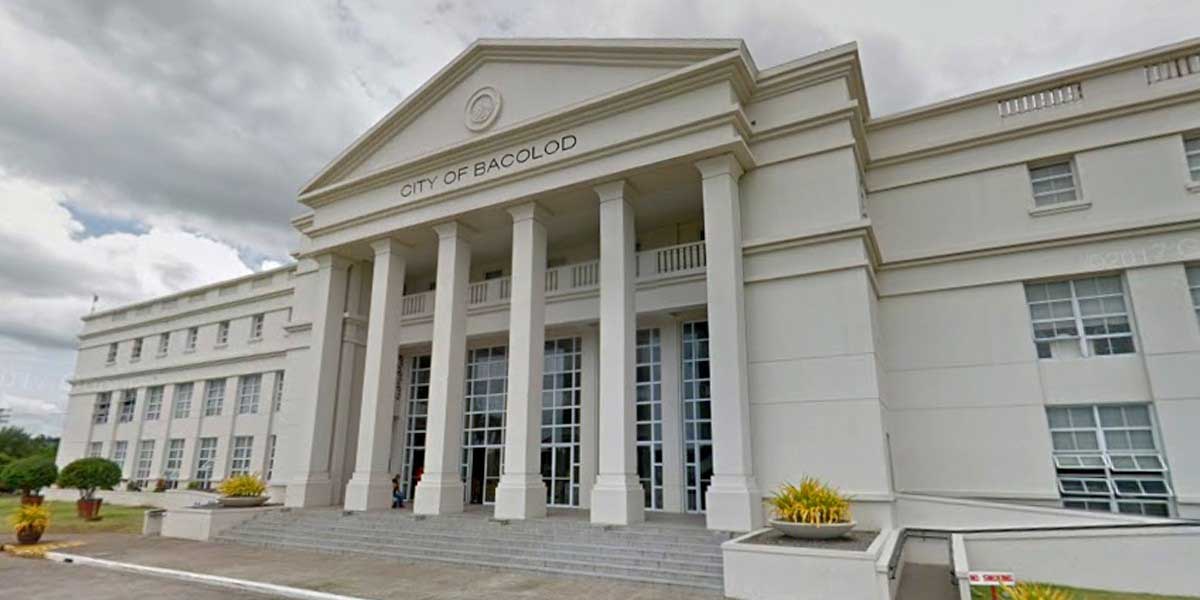A new study published in Nature Climate Change puts a trillion-dollar price tag on something long overlooked: the ocean’s power to remove carbon from the atmosphere.
This so-called biological carbon pump (BCP), the silent force by which marine life draws down and buries atmospheric carbon, sequesters some 2.81 billion metric tons annually—locking away around 10 billion tons of carbon dioxide for decades, even centuries.
This natural climate service, valued globally at more than PHP 56 trillion per year, is not merely an environmental marvel.
It is economic capital. And the Philippines is sitting on a sizeable portion of it.
According to the study, around 41 percent of the ocean’s carbon sequestration occurs within nations’ Exclusive Economic Zones (EEZs), and our country’s EEZ alone captures an estimated 1.16 billion tons of carbon per year.
In simple terms, this means the Philippine ocean territory is not just biologically rich—it is financially valuable in the climate economy.
Yet, this value is largely absent from our development strategy and economic planning. This is a missed opportunity.
While the Philippines is rightly lauded as a leader in marine conservation—with over 2,000 marine protected areas (MPAs) established across the archipelago—only 7 percent of captured carbon within our EEZ occurs within these MPAs.
That disconnect should concern us.
If we are serious about turning the so-called “blue economy” into something meaningful, we must stop treating the ocean as merely a source of extractive wealth—fisheries, oil, gas—and start recognizing it as a powerful, long-term carbon sink whose services can be monetized and preserved.
This is especially relevant in light of the Philippine government’s recent move to submit an updated seabed map of the Philippine Rise to the United Nations, a step viewed by many as a prelude to oil and gas exploration.
But we must ask: are we about to chase short-term fossil fuel revenues at the expense of a more valuable, sustainable asset?
The BCP’s estimated global value could grow to PHP 392 trillion by 2050 depending on how carbon prices evolve and how well we protect the system.
As oceanic carbon sinks become more central in climate talks and finance mechanisms, the Philippines has a chance to cash in—not through exploitation, but through conservation.
Debt-for-nature swaps, carbon markets, ecosystem service payments—these are no longer vague ideas.
They are actual policy tools that small island nations and developing states can leverage, if they have the scientific data, institutional readiness, and political will.
It’s time the Philippines put marine carbon sequestration on the table in national economic planning.
We urge the Department of Environment and Natural Resources (DENR), the Department of Finance, and NEDA to work with scientists and coastal communities to map out oceanic carbon hotspots and align these with stronger marine protections.
We also urge Congress to revisit the Philippine Ecosystem and Natural Capital Accounting System (PENCAS) and finally enact legislation that gives nature its true place in our GDP and budget deliberations.
Climate adaptation should not be framed solely as a cost. If done right, it is also a source of sustainable income.
But none of this will work if we continue to see marine conservation as just a biodiversity issue. The ocean is not only where life began—it is where our climate future can still be secured.
The Philippines can lead the Coral Triangle not just as a sanctuary for species but as a vanguard of climate finance innovation, advocating for the inclusion of ocean-based carbon storage in global carbon markets and the Paris Agreement’s next global stocktake.
We must go beyond biodiversity. Protecting the ocean is protecting the economy.
It is time the Philippines invests in its marine carbon wealth—not tomorrow, but today.






















